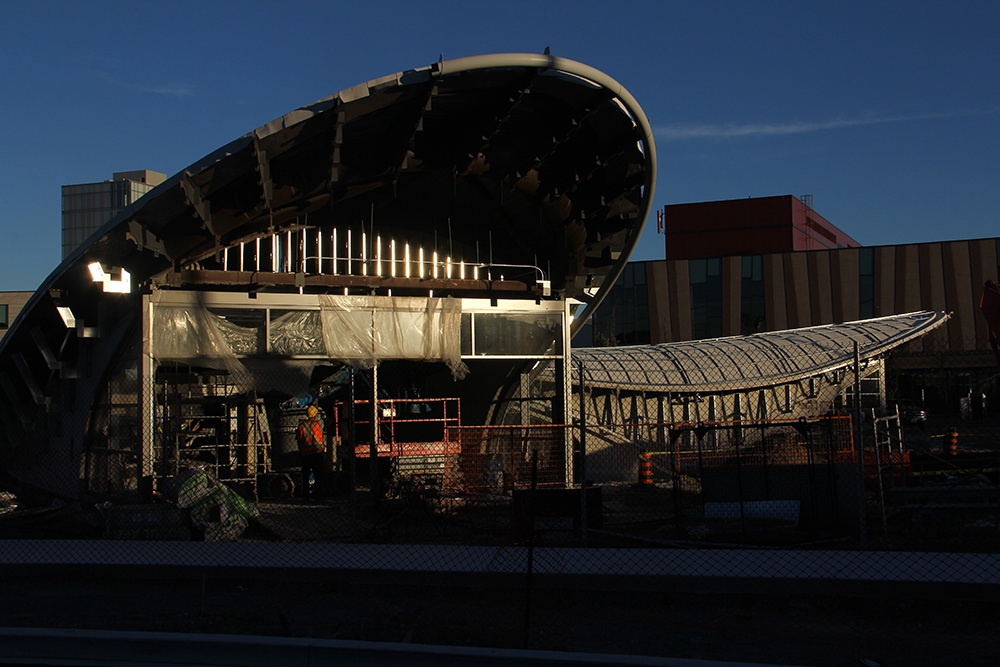Jonny Chard | Contributor
Featured photo: The Finch West LRT and the Toronto-York Spadina Subway Extension Project are slated to connect outer reaches of Western Toronto. | Amir Yazdanparast
While the Toronto-York Spadina Subway Extension is the infrastructure project making all the headlines, the Finch West Light Rail Transit, or LRT, line has been relatively unnoticed. The LRT is a $1 billion government-funded transit system that is set to run 11 kilometres from the new Finch West Subway Station, along Finch Avenue, to Humber College.
But this project has greater consequences than public mobility. Improved transport and infrastructure provide the foundations for the gentrification process many of Toronto’s districts have already gone through.
Gentrification is often characterised by artisan stores, hipsterism, and a growth in cafes, restaurants and bars, but it is a deeper economic and social transformation which highlights inequality.
Over the past decade, almost one quarter of Toronto has shown signs of gentrification. Until now, affected areas have been located to the east and west of downtown, but residents of North York are becoming increasingly concerned that gentrification may be heading to the northern suburbs. The renovation and revival of struggling neighbourhoods has brought an influx of affluent residents, high-end investors and session condominium developers, which sometimes forces out lower-income residents.
Some, however, believe that the LRT may have a positive impact on areas around North York, such as Jamestown and Jane-Finch, two of the City of Toronto’s 13 identified priority neighbourhoods, as it will provide more frequent and faster transport, as well as an opportunity to combat negative stereotypes through regeneration projects.
Second-year electrical engineering student Kareem Hisham believes that the threat of gentrification poses a concern for the student community in the form of increased expenses and traffic congestion due to outside interest.
“I believe that a coup or huge amends will be made to accommodate wealthy customers into investing in apartments and condos at North York if any construction is to be made,” he says.
“It would require a suitable strategy to satisfy both students and novel customers coming to North York,” he adds.
Metrolinx, the provincial agency responsible for the Finch West LRT, stresses strategies are being developed to communicate with the local community regarding construction activities and to help local retail and commercial establishments remain open for business.
Between 2006 and 2015, areas such as South Riverdale/Leslieville not only witnessed rapid commercial development, but also a thorough shift in demographics. The gentrification process saw average household incomes increase by 47 per cent, compared to an average increase of 18 per cent for Toronto, and a rise in house prices of 140 per cent. The increase in general living costs forced many poorer local people to relocate further away from jobs and services.


